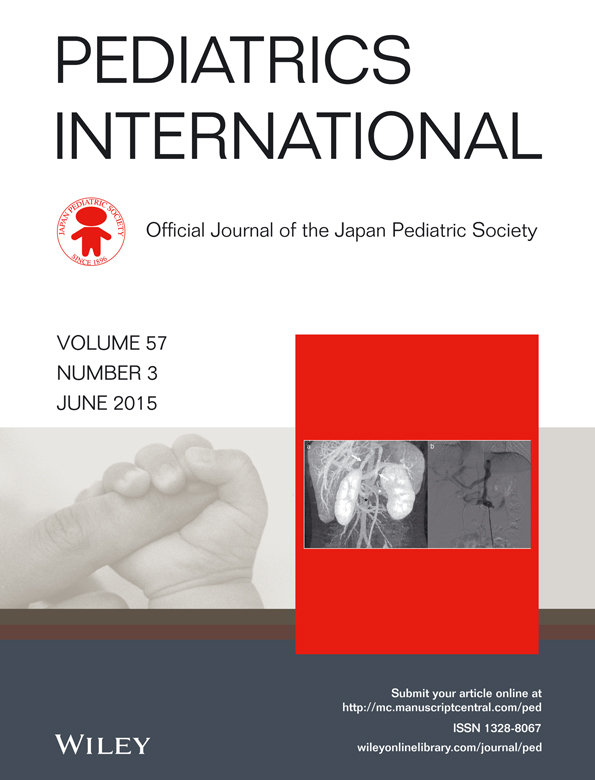Venobiliary fistula related to umbilical venous catheter in a newborn
Abstract
We present a case of venobiliary fistula due to umbilical venous catheter (UVC). UVC was inserted the day before surgery in a newborn who was scheduled for type IIIB jejunal atresia surgery. The UVC was superimposed on the liver. It was noted that the gastric drainage became chylous and increased to 790 and then 1977 mL daily. I.v. contrast tomography with 650 mL contrast showed that the opaque substance was dispersed around the catheter and a venobiliary fistula formed, with the administered fluid accumulating in the duodenum. Rapid improvement was seen in the clinical picture after the UVC was removed. Venobiliary fistula may develop in patients with UVC that is not placed appropriately, and can direct the fluid administered from the UVC to the gastrointestinal system through the choledochal duct. The importance of contrast computed tomography in the diagnosis of venobiliary fistula in the newborn is also emphasized.




